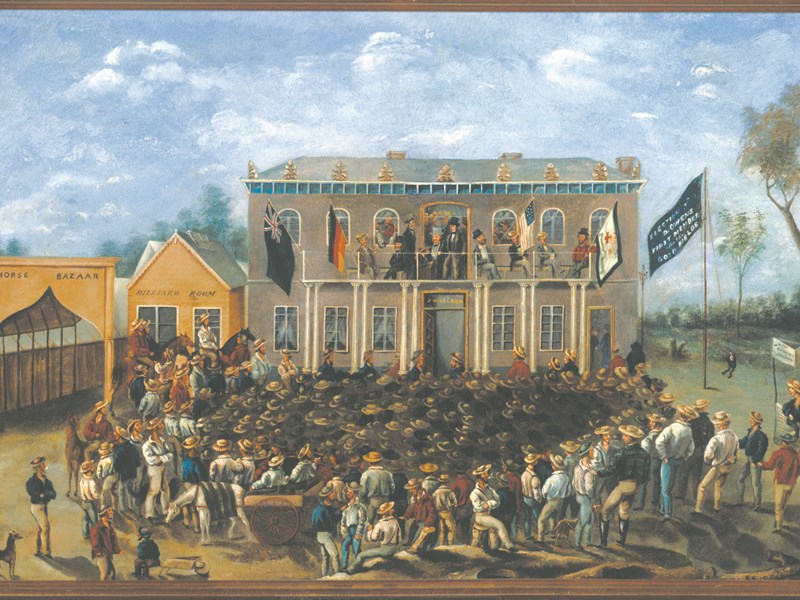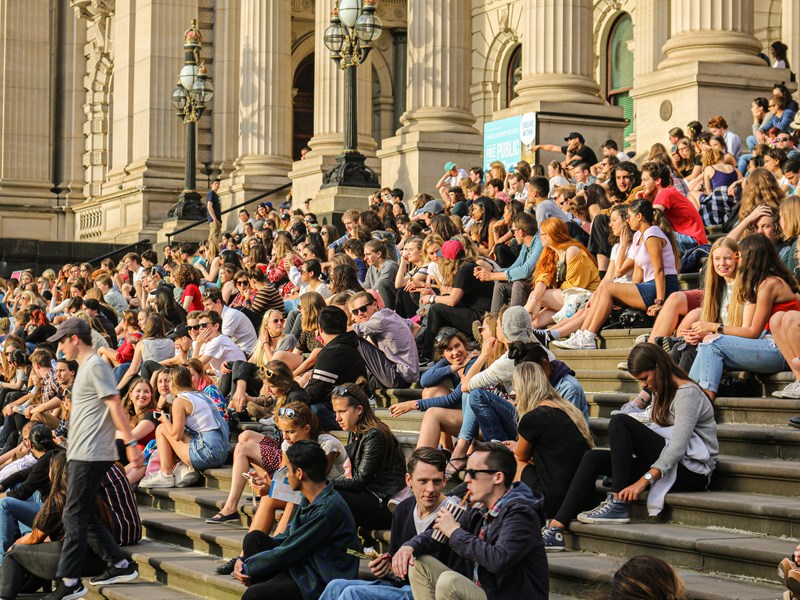History of elections

Elections help create a diverse and representative Parliament. Today all Victorians have a say in our democracy, and those with Australian citizenship can vote and stand for election in Parliament. This was not always the case.
Voting rights
While many men could vote in the first Victorian elections in 1856, others were excluded due to their race or ethnicity, or because they lacked wealth, property, or education. Women could not vote at all.
In 1857 Parliament changed the Constitution to allow all men over 21-years old to vote for the Legislative Assembly. This included Aboriginal and Torres Strait Islander men, though voter suppression prevented most from using this right.
Legislative Council elections had much stricter criteria. Voters had to be men over 21-years old and with at least £1000 of property or an ‘appropriate’ professional background, such as a lawyer, doctor or member of the armed services.
In 1908, non-Indigenous women were given the right to vote in Assembly elections (they had been given the right to vote in federal elections in 1902). Those with property could also vote in Council elections.
In 1950 property qualifications were abolished for Council elections. But it was not until 1962 that all Victorians, Indigenous and non-Indigenous, had the right to vote for their representatives.
Standing for election in the Legislative Assembly
In 1857, property qualifications were abolished for Assembly members. In theory, this meant that men did not need to be wealthy to stand for election in the Assembly.
However, the reality was different. Members were not paid (except for the Speaker and ministers). A working-class man could not give up his normal paid work to spend days sitting in Parliament House, nor could he afford the cost of regular travel to Melbourne. In 1870 the Payment of Members Act was passed to fix his problem. It gave salaries to all members of the Assembly.
In 1924 women were given the right to stand for the Assembly. It was not until 1933 that Millie Peacock became the first woman to win an Assembly election. In 2017, DjabWurrung Gunnai Gunditjmara woman Lidia Thorpe became the first Aboriginal person to win a seat in the Assembly.
Standing for election in the Legislative Council
At the first elections of 1856 candidates for the Council had to be men at least 30 years of age. These men had to own free-hold property worth £5000 or more, or be in possession of an annual valuation of at least £500.
In 1922 members of the Council were given permanent wages and in 1923 non-Indigenous women were given the right to stand for election to the Council.
Despite these changes, most members of the Council were still older men with significant wealth. Women, young people, and other marginalised groups were less likely to have the property needed to stand for election.
Property qualifications were finally abolished in 1950. In 1979, Gracia Baylor and Joan Coxsedge became the first women elected to the Council.
Today, nearly half of all Council members are women, and many come from culturally diverse backgrounds. In 2020 Yorta Yorta woman Sheena Watt became the first Aboriginal person to sit in the Council.


